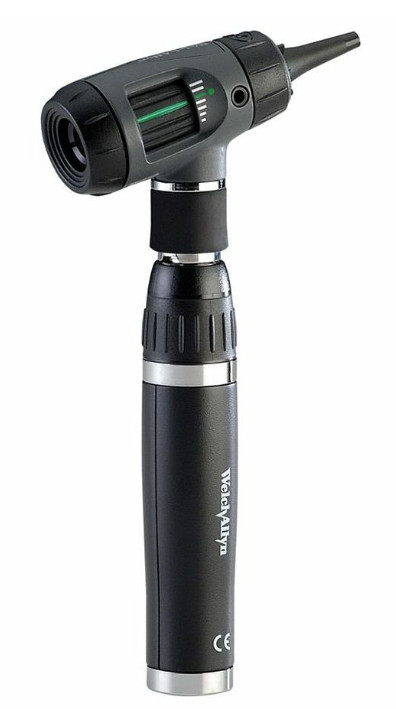WHAT TO DO TO TRANSFORM MY MEDICAL DEVICE WITHOUT CONNECTIVITY IN A MEDICAL DEVICE WITH AI BUILT IN

Transforming a non-connected medical device into an AI-powered one is a significant undertaking that involves several key steps:
1. DATA ACQUISITION AND INTEGRATION
- Identify Relevant Data: Determine what data your device can generate or collect that would be useful for AI analysis. This could include sensor readings, images, patient inputs, or treatment parameters.
- Incorporate Sensors: If your device doesn’t already have sensors, you’ll need to add them to collect the necessary data.
- Data Connectivity: Establish a way to get the data from your device to a system where the AI can process it. This could involve:
- Direct connection: Ethernet, USB, or other wired connection.
- Wireless connectivity: Wi-Fi, Bluetooth, or cellular.
- Indirect transfer: Storing data on a removable medium (like an SD card) for later transfer.
2. AI MODEL DEVELOPMENT
- Define AI Goals: Clearly specify what you want the AI to do. This could be diagnosis, treatment optimization, predictive maintenance, or personalized medicine.
- Data Preprocessing: Clean, organize, and format the collected data to make it suitable for AI training.
- Algorithm Selection: Choose the appropriate AI algorithms (e.g., machine learning, deep learning) based on your goals and data characteristics.
- Model Training: Train the AI model using your prepared data. This may require a large, high-quality dataset.
- Model Validation and Testing: Rigorously evaluate the model’s performance on unseen data to ensure accuracy, reliability, and safety.
3. DEVICE INTEGRATION AND DEPLOYMENT
- Hardware Upgrades: Your device might need processing power upgrades to run the AI model locally, or you may opt for cloud-based processing.
- Software Development: Develop the software to integrate the AI model into your device’s existing functionality.
- User Interface: Design a user-friendly interface to present AI insights to healthcare professionals or patients.
- Regulatory Compliance: Ensure your AI-powered device meets all relevant medical device regulations and standards (e.g., FDA approval in the US).
4. ONGOING MONITORING AND IMPROVEMENT
- Real-world Data Collection: Continue collecting data from the device in use to further train and refine the AI model.
- Performance Monitoring: Track the AI’s performance and identify areas for improvement or potential biases.
- Software Updates: Regularly update the device’s software to incorporate model improvements and address any issues.
IMPORTANT CONSIDERATIONS:
- Privacy and Security: Implement robust data privacy and security measures to protect sensitive patient information.
- Ethical Implications: Carefully consider the ethical implications of using AI in your medical device, including issues of bias, transparency, and accountability.
- Clinical Validation: Conduct clinical trials to demonstrate the safety and effectiveness of your AI-powered device.
Example:
Let’s say you have a non-connected blood pressure monitor. To transform it with AI, you could:
1. Add Connectivity: Integrate Bluetooth to transmit readings to a smartphone app.
2. Develop AI Model: Train an AI model to analyze blood pressure trends and detect potential heart conditions.
3. Device Integration: Update the monitor’s firmware to display AI-powered alerts on the device screen.
4. App Development: Create a smartphone app to provide detailed AI insights, personalized recommendations, and remote monitoring capabilities.
By carefully considering these steps and addressing the associated challenges, you can successfully transform your medical device with the power of AI.
